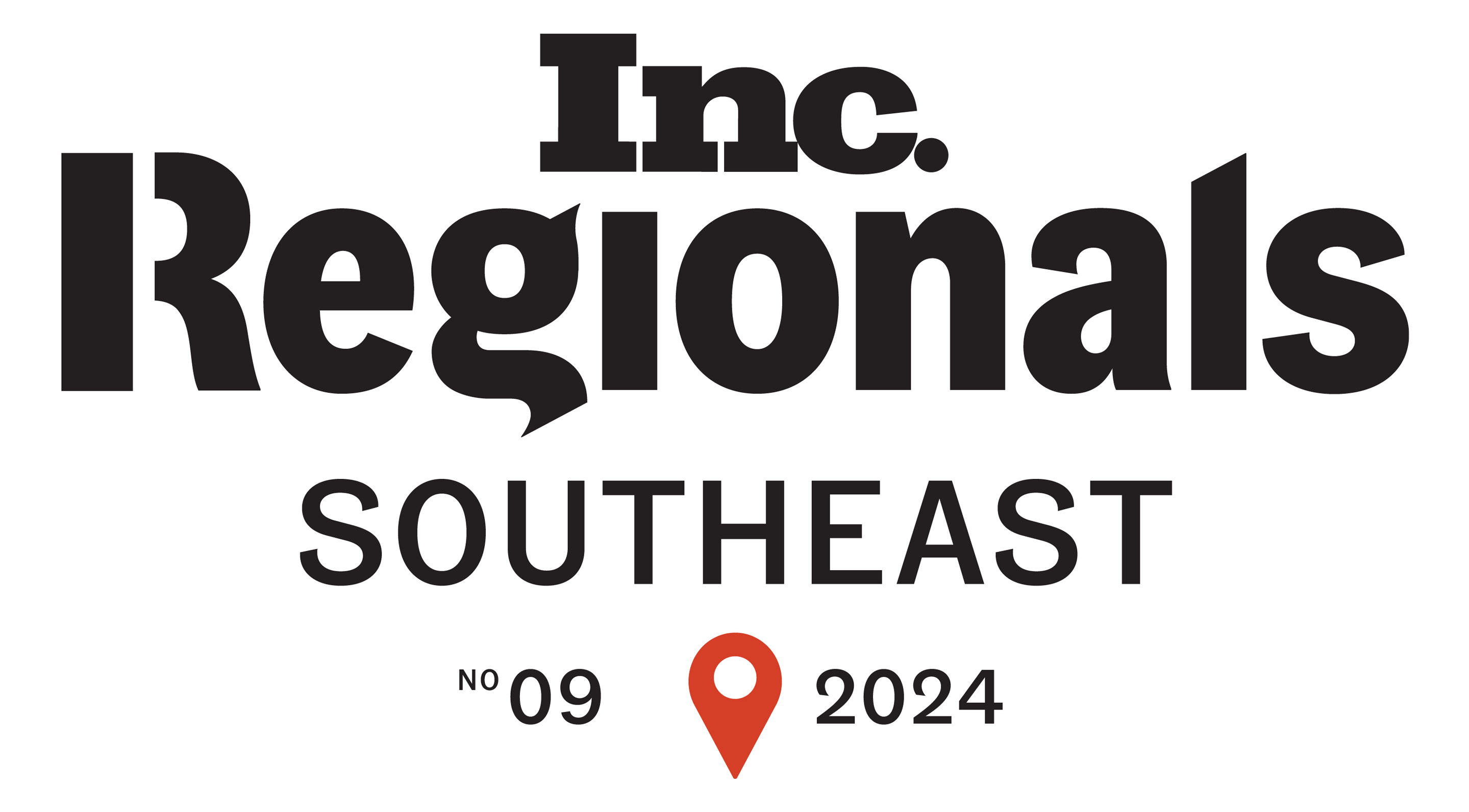For manufacturers and Original Equipment Manufacturers (OEMs), managing parts inventory to ensure efficient warranty service delivery is a complex challenge. Imagine a customer with a faulty product, expecting a swift replacement or repair - behind the scenes, an intricate process unfolds. Maintaining the right balance of parts stock is crucial, as too many ties up valuable resources, while too few risks disgruntled customers waiting for repairs.
This article explores strategies for optimizing parts inventory, enabling smoother, faster, and more cost-effective warranty service. We'll delve into key challenges, the role of emerging technologies, best practices, and the long-term benefits that manufacturers can reap from optimizing their inventory management.
Tackling Common Inventory Management Hurdles
The Puzzle of Optimal Stock Levels
One of the biggest hurdles in parts inventory management is determining the right quantity to keep on hand. Overstocking ties up capital and storage space, while understocking can lead to delays in warranty repairs, leaving customers frustrated and impacting brand loyalty.
Another significant issue is product obsolescence. As technology evolves or new models are introduced, manufacturers may find themselves saddled with parts no longer in demand, resulting in waste and added costs.
Regulatory Compliance and Specialized Knowledge
Compliance with industry regulations can further complicate inventory management. Some laws mandate that manufacturers offer specific parts or services for a set period, making it a delicate balancing act to meet these requirements while maintaining optimal stock levels.
Additionally, parts management systems often require specialized tools, software, and training, adding to the resource investment needed to maintain efficiency.
Balancing Inventory Across Multiple Locations
Many manufacturers and OEMs operate multiple facilities or distribution centers, making it challenging to balance inventory levels across different locations. One site may have excess stock, while another faces shortages, hindering overall operational efficiency.
Leveraging Parts Inventory Optimization for Efficient Warranty Service
Tried-and-Tested Inventory Management Strategies
Several proven strategies can help optimize parts inventory for warranty service. The Just-In-Time (JIT) inventory system, pioneered by Toyota, aims to receive goods only when needed, reducing storage costs and waste while ensuring parts are fresh and readily available.
Another effective approach is ABC analysis, which categorizes inventory into three groups:
- A (high-value, critical items)
- B (moderately important items)
- C (low-value, non-critical items)
By focusing their efforts on managing the "A" items, manufacturers can better allocate resources without losing sight of the rest.
Enhancing Speed, Quality, and Customer Satisfaction
When inventory levels are optimized, spare parts are more likely to be available when needed, reducing wait times for warranty repairs. This not only speeds up the service process but also contributes to maintaining high service quality, as parts are less likely to be damaged or obsolete due to extended storage.
Ultimately, faster and more efficient warranty service translates into higher customer satisfaction, reinforcing brand loyalty and trust in the manufacturer's commitment to its customers.
Leveraging Advanced Analytics and Predictive Modeling
Tools like advanced analytics and predictive modeling can elevate inventory optimization to new heights. By analyzing vast amounts of data, these technologies can forecast future demand patterns and usage trends, enabling manufacturers to proactively stock the right parts before they're needed.
This proactive approach minimizes rush orders, reduces excess inventory, and drives overall supply chain efficiency. Integrating these solutions with existing Enterprise Resource Planning (ERP) systems, inventory management software, or supplier portals further enhances their effectiveness by ensuring consistent, up-to-date data across platforms.

The Critical Role of Demand Forecasting
Forecasting Methods for Warranty Parts
Effective demand forecasting is instrumental in optimizing parts inventory for warranty service. Basic methods like trend analysis, which examines historical usage data to predict future needs, and seasonality analysis, which accounts for time-specific patterns, can provide valuable insights.
For example, certain parts may experience higher demand during specific seasons or periods, necessitating proactive stocking adjustments.
Harnessing Advanced Analytics and Machine Learning
Advanced analytics and machine learning offer significant advantages in demand forecasting. Predictive modeling algorithms can uncover intricate patterns in data, pinpointing which parts are likely to require replacement in the future with greater accuracy.
This empowers manufacturers to plan and stock accordingly, minimizing shortages and excess inventory. Many software solutions, such as those from SAP, Oracle, and others, offer specialized demand forecasting modules that can automate data collection, perform complex calculations, and deliver actionable insights, reducing manual errors and enhancing forecast accuracy.
Collaborating with Sales and Marketing Teams
Collaborating with sales and marketing teams can further refine demand forecasting efforts. These teams possess valuable insights into market trends, upcoming promotions, or new product launches that could impact parts demand. By incorporating this cross-functional knowledge, manufacturers can better anticipate and prepare for fluctuations in parts requirements.
Embracing Emerging Technologies for Inventory Optimization
The Promise of IoT and Blockchain
The Internet of Things (IoT) and blockchain technologies are poised to revolutionize parts inventory management. IoT-enabled sensors can track parts in real-time, providing instantaneous updates on stock levels, location, and condition, greatly enhancing inventory visibility and control.
Meanwhile, blockchain offers a secure and transparent way to record transactions, creating an immutable ledger that tracks a part's journey from the supplier to the warehouse and, ultimately, to the customer. This not only ensures data integrity but also helps mitigate fraud and counterfeiting risks.
Streamlining Inventory Processes
IoT sensors can also monitor environmental conditions like temperature and humidity, ensuring that sensitive parts are stored in optimal conditions to prevent damage. Blockchain, by reducing paperwork and manual processing, can accelerate the flow of parts through the supply chain, ensuring timely delivery.
Advanced technologies can even automate the reordering process. When inventory falls below a predetermined threshold, the system can automatically place an order with the supplier, maintaining optimal stock levels without human intervention.
The Power of AI and Machine Learning
Artificial Intelligence (AI) and machine learning excel at analyzing vast amounts of data rapidly, identifying patterns and trends that would be challenging for humans to discern. In the context of inventory optimization, these technologies can make highly accurate predictions about future parts requirements, allowing manufacturers to be proactive rather than reactive.
However, to fully harness the potential of IoT, blockchain, AI, and machine learning, seamless integration with existing inventory management systems is crucial. This unified approach ensures accurate, real-time data sharing and enables manufacturers to leverage these cutting-edge technologies to their fullest extent.
Vendor-Managed Inventory: A Collaborative Approach
Streamlining Replenishment and Inventory Management
Vendor-Managed Inventory (VMI) systems offer a collaborative approach to inventory management, streamlining replenishment processes and reducing the burden on manufacturers. In a VMI model, the supplier takes responsibility for maintaining optimal inventory levels, ensuring a steady supply of parts based on agreed-upon parameters and real-time data sharing.
Cost Savings and Efficiency Gains
By outsourcing inventory management to suppliers, manufacturers can realize significant cost savings. Reduced labor and storage costs, fewer stockouts, and lower excess inventory levels all contribute to improved operational efficiency and profitability.
Building Trust and Collaboration
However, the success of VMI systems hinges on strong, trust-based relationships with suppliers. If a supplier fails to deliver as agreed, it can disrupt the entire supply chain. Open communication, data transparency, and joint planning are essential for aligning goals and fostering a collaborative environment that benefits all parties involved.
Striking the Right Balance: Preventing Overstocking and Understocking
The Consequences of Imbalance
Both overstocking and understocking can have severe consequences for manufacturers. Overstocking ties up valuable capital and incurs unnecessary storage costs, while understocking can lead to delays in warranty service, customer dissatisfaction, and potential lost sales.
Determining Optimal Inventory Levels
Manufacturers can employ various methods to determine optimal inventory levels, such as the Economic Order Quantity (EOQ) model, which calculates the ideal order size to minimize total holding and ordering costs. The Reorder Point (ROP) method indicates the inventory level at which a new order should be placed to replenish stock before running out.
Adapting to Changing Demand Patterns
Demand patterns are rarely static, necessitating agility and responsiveness from manufacturers. Strategies like maintaining safety stock, using flexible supply contracts, and regularly reviewing and adjusting inventory policies can help manufacturers adapt to changing market trends and customer demands.
Continuous Improvement Programs
Implementing continuous improvement programs like Lean and Six Sigma can also help identify areas where adjustments can optimize inventory balance. These methodologies focus on ongoing process refinement, waste reduction, and enhancing efficiency and effectiveness across all operations.
Scenario Planning for Agility
Scenario planning can be a valuable tool for manufacturers, enabling them to prepare for various potential future situations and develop flexible plans to adjust inventory levels accordingly. By considering multiple scenarios, manufacturers can proactively mitigate risks and adapt more swiftly to changing market conditions.
Measuring Success: Key Performance Indicators for Inventory Optimization
Relevant Metrics for Evaluating Efficiency
To measure the effectiveness of parts inventory optimization efforts, manufacturers can leverage several key performance indicators (KPIs). These include the Inventory Turnover Ratio, which reflects the efficiency of inventory management, the Fill Rate, which measures the ability to meet customer demand, the Carrying Cost of Inventory, and the Days of Supply, which indicates how long the current inventory will last based on current demand.
Tracking and Analyzing Performance Metrics
Software tools can streamline the tracking and analysis of these metrics, providing real-time visibility into inventory performance. Regular reviews, whether monthly or quarterly, help identify trends and areas requiring adjustment, ensuring that inventory remains optimized and aligned with business objectives.
Benchmarking Against Industry Standards
Benchmarking against industry standards can provide valuable insights into a manufacturer's relative performance. By comparing their KPIs to industry averages, manufacturers can pinpoint areas for improvement and implement best practices from leading companies.
Establishing Feedback Loops for Continuous Improvement
Effective reporting and feedback loops are essential for continuous learning and improvement. By keeping all stakeholders informed about inventory performance, manufacturers can foster open communication, identify opportunities for optimization, and implement data-driven strategies to drive ongoing efficiency gains.

Fostering Collaboration with Suppliers and Logistics Providers
Overcoming Coordination Challenges
Coordinating with suppliers and logistics providers can present challenges due to factors like differing priorities, lack of real-time data sharing, and communication barriers. However, addressing these obstacles is crucial for ensuring smooth and efficient warranty service delivery.
Facilitating Communication and Collaboration
Leveraging collaborative platforms and tools can enhance communication and coordination among all parties involved. Regular meetings, performance reviews, and joint planning sessions can help align goals, objectives, and expectations, fostering a sense of shared responsibility and accountability.
Leveraging Technology for Real-Time Data Sharing
Technology plays a pivotal role in enabling real-time data sharing, a critical component of effective collaboration. Enterprise Resource Planning (ERP) systems, Supply Chain Management software, and communication platforms like Slack or Microsoft Teams can facilitate the seamless exchange of information, enabling all parties to make informed decisions and respond proactively to emerging issues or changes in demand.
Building Trust and Long-Term Relationships
Ultimately, trust and strong relationships are the foundation of successful collaborations with suppliers and logistics providers. Open communication, transparency, and a commitment to shared success create an environment conducive to better overall performance, benefiting all stakeholders involved in the warranty service delivery process.
Long-Term Benefits of Investing in Parts Inventory Optimization
Enhancing Customer Satisfaction and Loyalty
By optimizing parts inventory, manufacturers can significantly enhance customer satisfaction with their warranty service. When repairs are completed swiftly and efficiently, customers feel valued, reinforcing their trust in the brand and increasing the likelihood of repeat business and long-term loyalty.
Realizing Cost Savings and Efficiency Gains
Over time, the cumulative impact of parts inventory optimization can translate into substantial cost savings for manufacturers. Reduced holding costs, fewer stockouts, and improved overall operational efficiency contribute to a healthier bottom line, freeing up resources for reinvestment in innovation and growth initiatives.
Quantifying ROI and Measuring Success
To quantify the return on investment (ROI) from inventory optimization efforts, manufacturers can compare the costs saved against the investment made in optimization strategies and tools. Metrics like Total Cost of Ownership (TCO) or payback periods can provide a clear picture of the financial benefits realized, helping manufacturers justify and prioritize ongoing optimization initiatives.
Gaining a Competitive Edge
Effective parts inventory optimization can provide a significant competitive advantage over industry peers. Faster service times, higher customer satisfaction, and streamlined operations position manufacturers favorably in the market, enhancing their reputation and attracting new customers.
Contributing to Sustainability Goals
By reducing waste associated with excess inventory and improving overall supply chain efficiency, manufacturers can also contribute to their sustainability goals, minimizing their environmental impact and aligning with growing consumer demand for eco-friendly business practices.
Driving Workforce Efficiency and Informed Decision-Making
A well-optimized inventory process can improve workforce efficiency by reducing the time and effort spent searching for parts or addressing stock-related issues. Employees can focus on more productive tasks, driving overall organizational performance.
Furthermore, access to accurate, real-time inventory data empowers managers to make informed decisions that benefit the entire supply chain, fostering agility and responsiveness in an ever-changing business landscape.
Strengthening Supplier Relationships
By prioritizing parts inventory optimization, manufacturers can build stronger, long-term relationships with their suppliers. Consistent demand patterns, timely payments, and open communication create an environment of trust and mutual understanding, leading to improved overall supply chain performance and resilience.
In summary, optimizing parts inventory is a multifaceted endeavor that touches upon various aspects of supply chain management, demand forecasting, and technology integration. By embracing these strategies and best practices, manufacturers and OEMs can ensure efficient, reliable, and cost-effective warranty service delivery, enhancing customer satisfaction, driving operational excellence, and positioning themselves for long-term success.
Partnering with OnPoint Warranty for Warranty and Insuretech Solutions
At OnPoint Warranty, we specialize in optimizing parts inventory and warranty service delivery for manufacturers and OEMs. Our team, with over 65 years of combined experience in manufacturing, insurance, and warranty management, offers tailored solutions using our advanced insuretech platform. We provide a comprehensive range of services, including underwriting, extended warranties, HVAC service contracts, and more, allowing for simplified operations through a single provider.
Our platform streamlines warranty sales and administration, enhancing efficiency and customer satisfaction with real-time data and analytics. We also offer a global network of vetted repair providers to ensure high-quality service worldwide. By outsourcing warranty management to us, you can save costs, mitigate risks, and focus on core business activities.
We prioritize exceptional customer service and aim to build stronger relationships through effective communication and support. Partner with OnPoint Warranty to improve your warranty processes and drive operational success. Contact us for a consultation to explore how we can help optimize your warranty operations.







